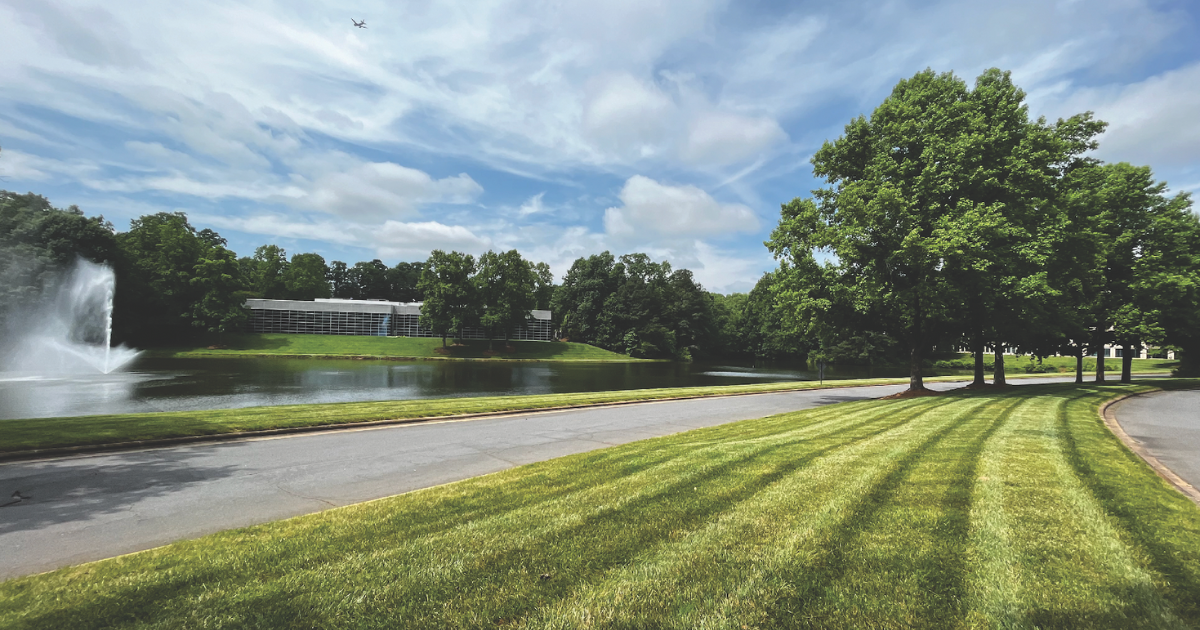 Leslie Herndon is the President of Greenscape, Inc. in Holly Springs, North Carolina as well as president of the North Carolina Nursery and Landscape Association.
Leslie Herndon is the President of Greenscape, Inc. in Holly Springs, North Carolina as well as president of the North Carolina Nursery and Landscape Association.
How did you get into the industry?
I got into horticulture in high school. My mom was into plants and my great uncle owned a nursery. I was able to take horticulture classes and was part of the FFA. I went to NC State and got a degree in horticulture. I worked after school and summers in a garden center, in a wholesale nursery, and the extension service part-time. I also participated in the ag fraternities and on competition teams that are now part of the NALP.
How long have you been with Greenscape?
I’ve been here for 19 years and just became president a year ago after serving as vice president of operations.
How many employees do you have?
In peak season we can have 160 or 180 depending upon what’s going on.
What kind of clients do you serve?
We are strictly commercial. We handle HOAs, hospitals, shopping centers, retail, office buildings, industrial, municipal, apartment complexes …
How much of your business is maintenance?
75%
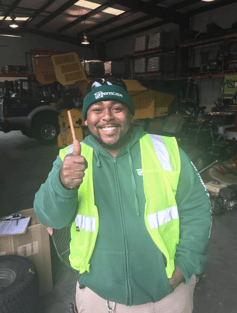 What are the advantages of doing maintenance as well as design-build?
What are the advantages of doing maintenance as well as design-build?
When we went through the recession of 2008-09, we really saw the benefit of being in the maintenance market in a big way.
"Commercial maintenance is a much more stable income during times of volatility in the market."
These commercial sites have to be maintained no matter what is happening, as do municipals and HOAs. They are all set up in a way to look more long-term and need to continue to keep tenants and end users happy to keep existing business in place. Whereas with installation, those projects can be halted and commercial financing can take a while to start flowing again after downturns because the landscape project is at the end of the cycle.
What is your specialty?
When I joined the company, I came on as a horticulture foreman. I love the floral design and the living wall design and still like to keep my hands in that. I still do the creative side of living walls and go out and plant those. We have a vendor who grows them out for me.
.png?width=228&height=229&name=Greenscape%20(2).png) Tell us more about your living walls.
Tell us more about your living walls.
People love to take pictures, and we think of living walls as ways people can interact with the property. I’m all about color. At Village District shopping center in Raleigh, we have four to six living walls at a time. We have one that’s freestanding and double-sided, and people like to take their picture with their head in the middle of it. We do our living walls every six months. They hang almost like kitchen cabinets. We have an irrigation system in place that waters everything. One of our employees services that property six times a week. We do all the flower pots, flower beds and the living walls.
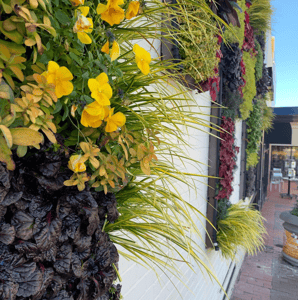
.png?width=230&height=300&name=Greenscape%20(3).png)
Who is your plant source?
I use PlantWorks Nursery just outside of Durham, who is also part of our association. We’ve done our living walls with them since the beginning. I design them, she orders the plants, I plant them, she grows them out and then delivers them to me.
How is landscaping different for your hospital clients?
You have to focus on what people can see from the inside even more so. You have to think about lighting. You need the campus to be inviting and navigable at night. In the winter, a lot of visitors come after 5:00. We take care of snow and ice removal … that’s critical. Safety is key. Color is also important, especially at the entrances. You want to give people some kind of joy when they’re coming in.
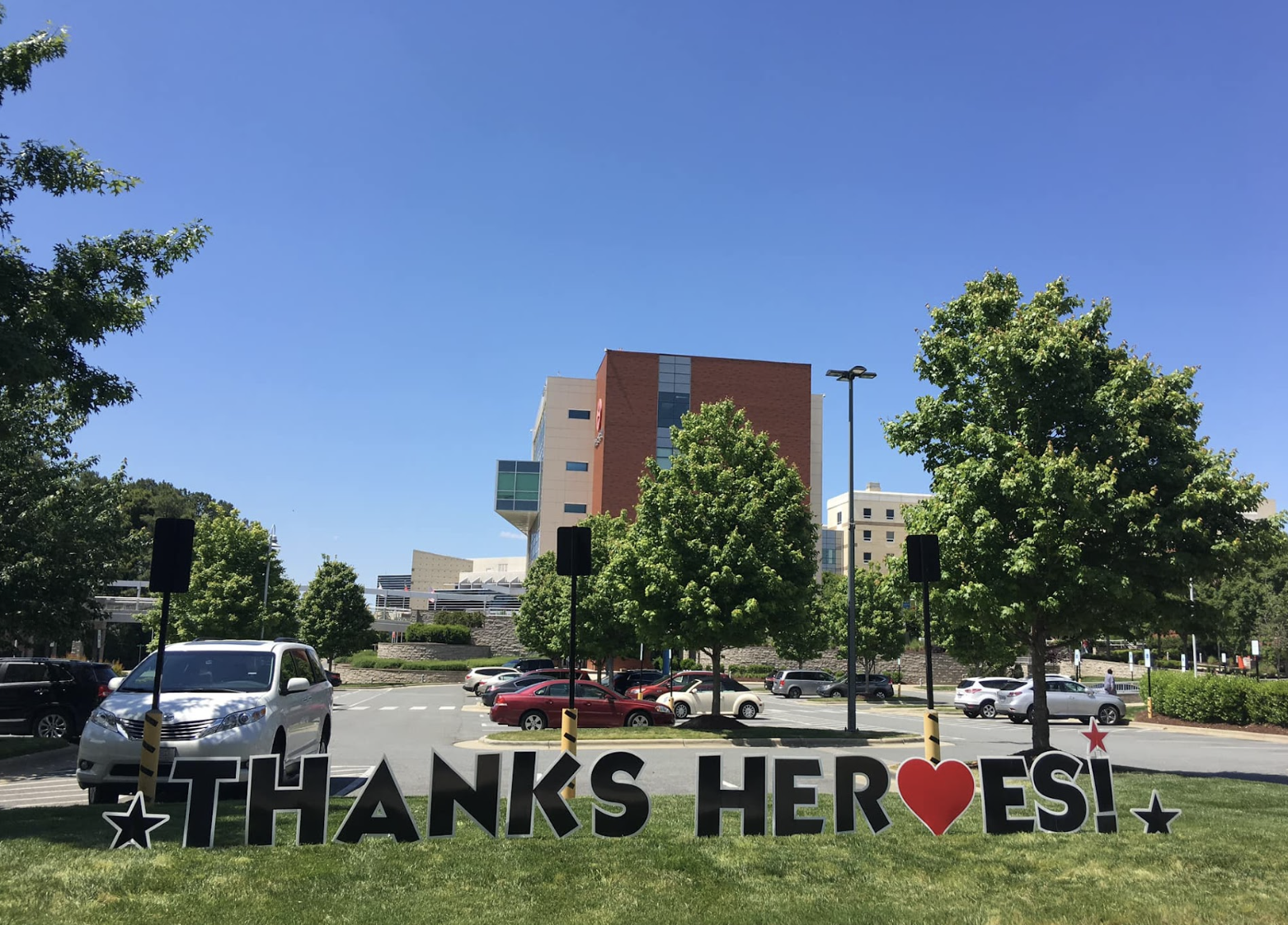
Have clients’ demands changed post COVID?
People have started looking at outdoor spaces differently. A few of our clients are starting to invest more in outdoor environments. A driving factor in one of our renovations was creating more outdoor covered spaces for employees; we’ve been working on awning systems and outdoor seating.
You seem to do a lot for employee engagement, from bowling nights and pot lucks to Green Team Dreams. Can you tell us more?
For Green Team Dreams, we budget for and award “dreams” to our employees. They can either request a dream for themselves or they can be nominated by another employee. Those dreams then get reviewed and voted on by an employee committee (keeping anything confidential that needs to be kept that way). We have been doing this for a few years.
"We have bought dinner for couples, bikes
for kids, paid water or electrical bills, helped buy plane tickets for family, vehicle repairs—all depending
on our employees’ needs."

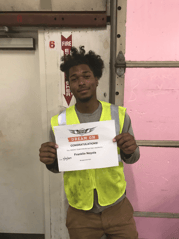
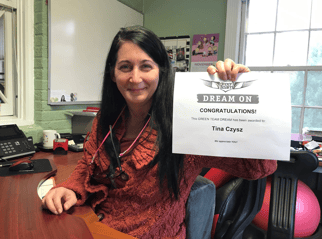
What are the benefits of a being part of an association?
The lesson I learned through my clubs and competition teams in college is to move ahead in any industry, and especially this one, to grow your career and make a difference, you really need to know people and build long-term relationships in the industry. The yearly conference, trade shows, and other resources they provide help me meet new people but also nurture my past relationships with people who are now all over the state. It’s been really helpful for me to get a wider perspective of the industry—from landscapers to the nurseries to the retail; you can predict trends or see plant shortages coming. You can stay in touch with the educational institutions which is important for research but also for our future workforce.
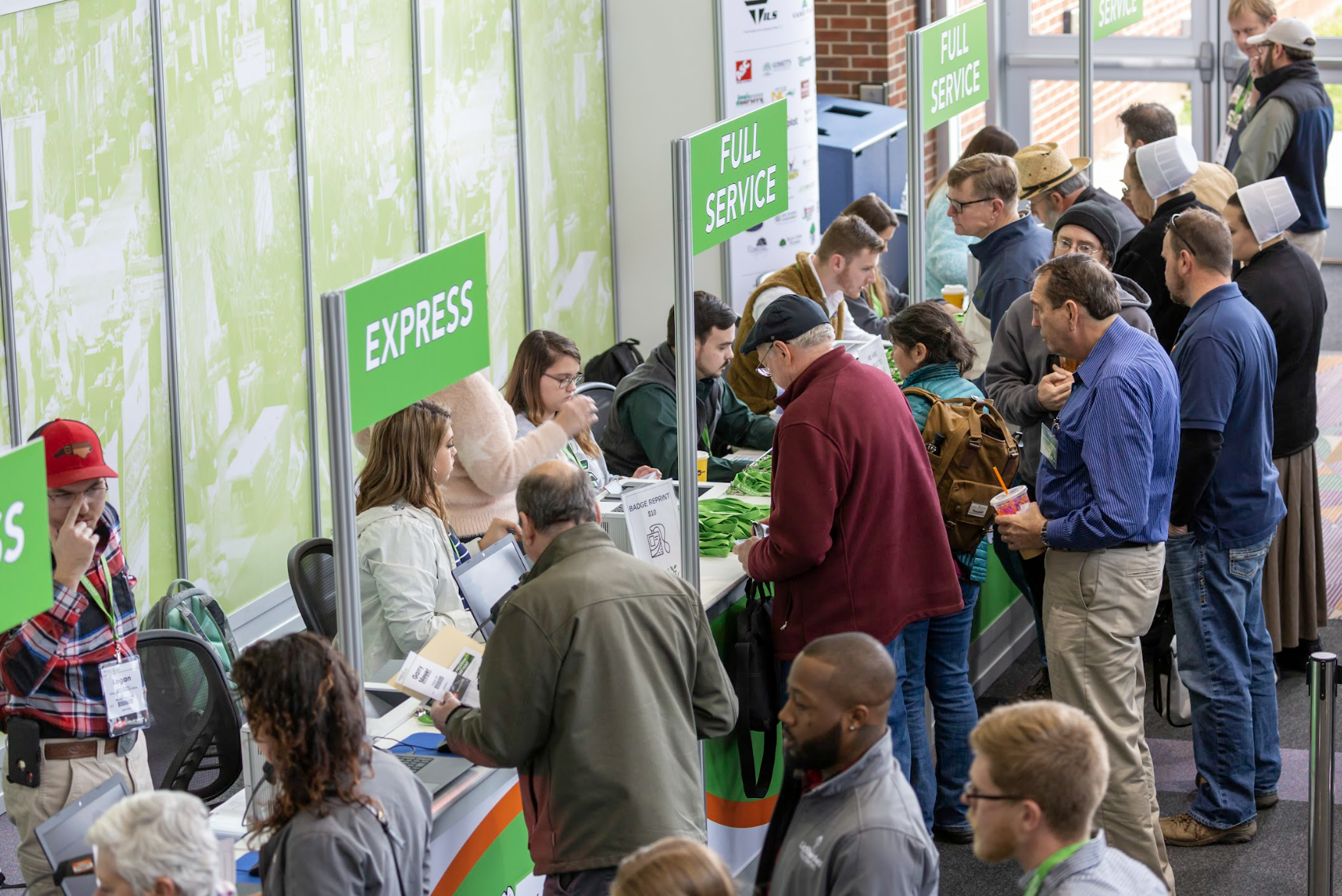
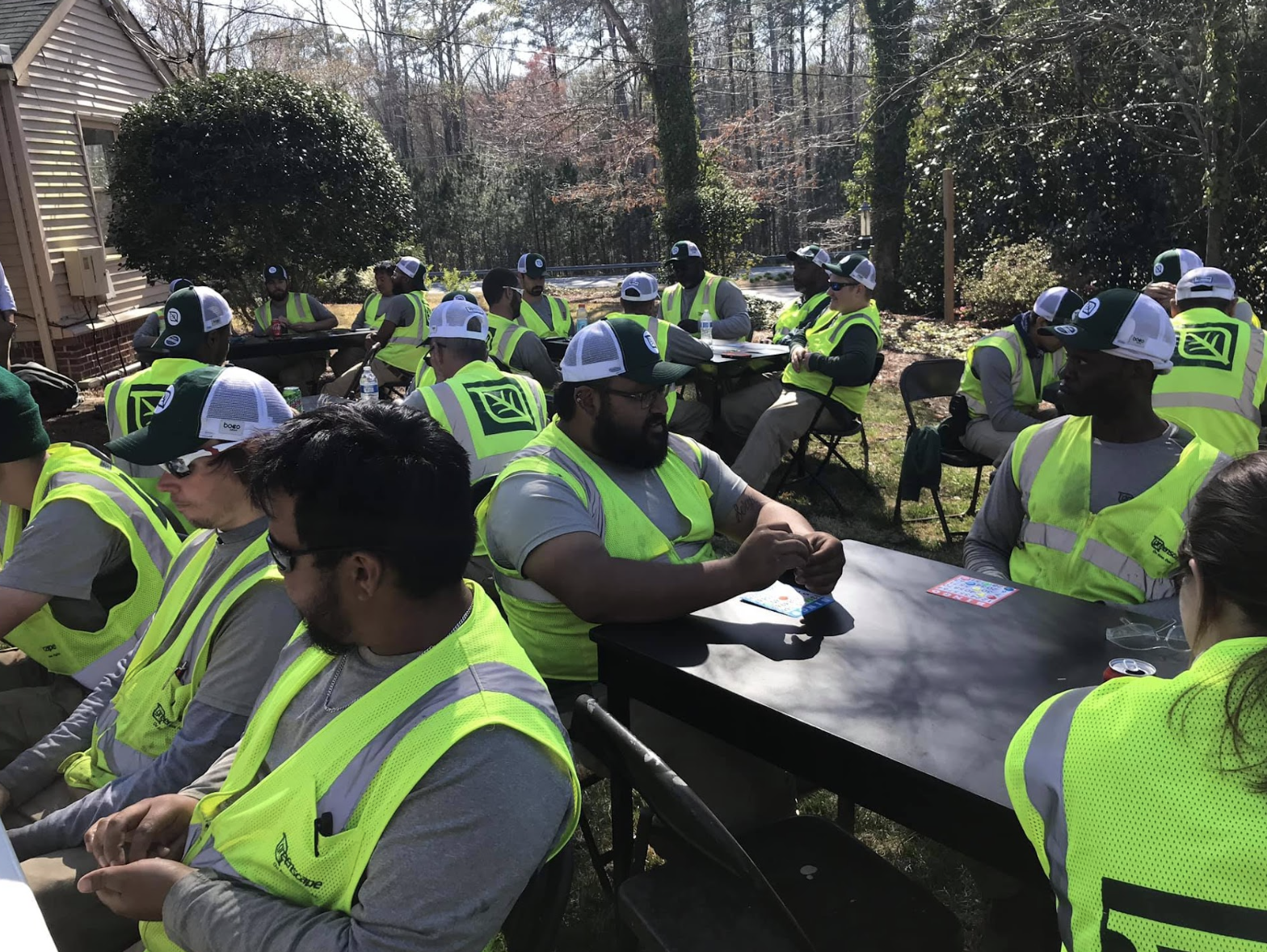
.png?width=1754&height=1172&name=Greenscape%20(10).png)
What are the association’s biggest challenges for 2021?
We as an industry need to think outside the box on hiring. We saw our industry really coming together during COVID, and we’ve been careful to protect our status as essential. How will the pandemic affect construction revenue? How will our commercial clients be impacted? COVID is something we’ll still have to address in 2021 and maybe 2022.
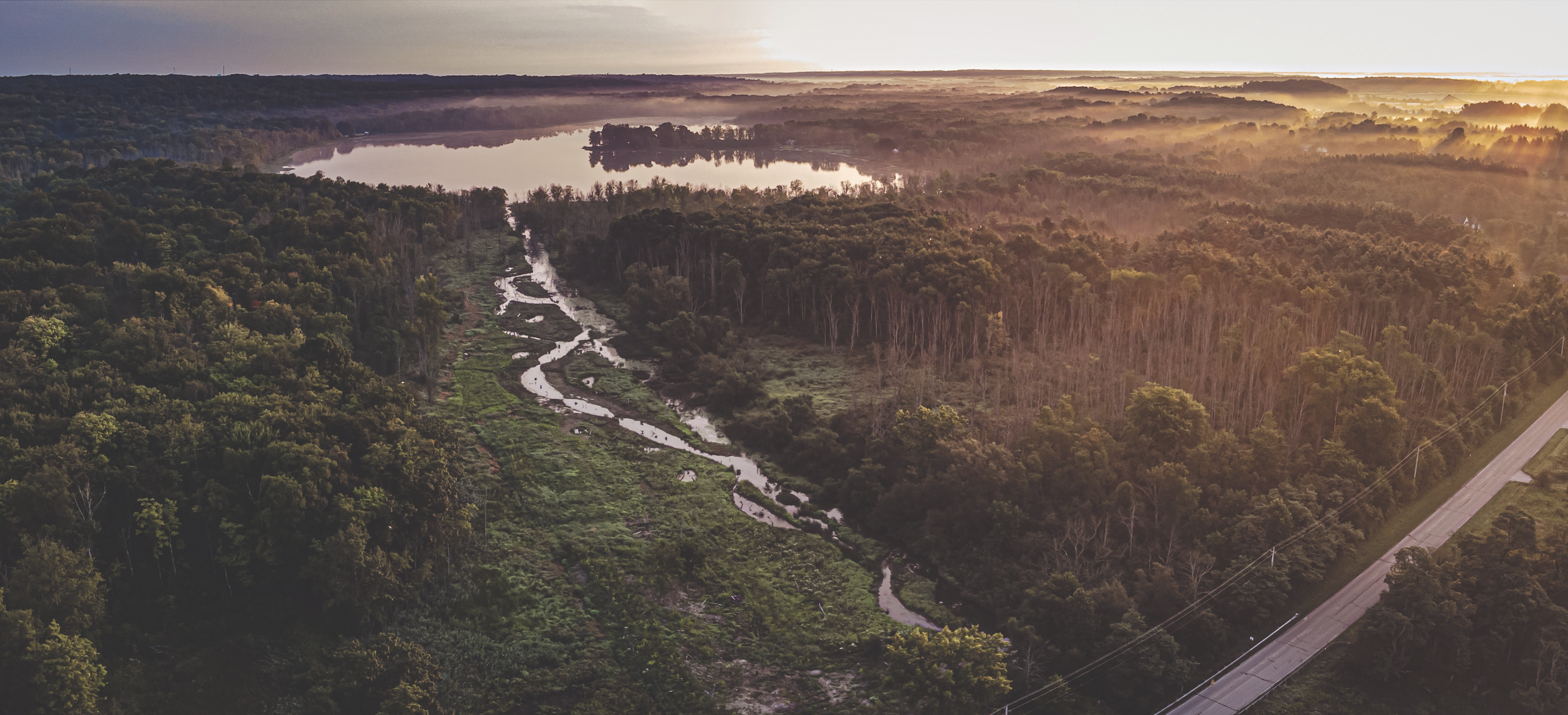
Let's Hear It From Keith Bowers
Beavers Creek Post Restoration


 Mary Kate Carson
Mary Kate Carson
.png)
